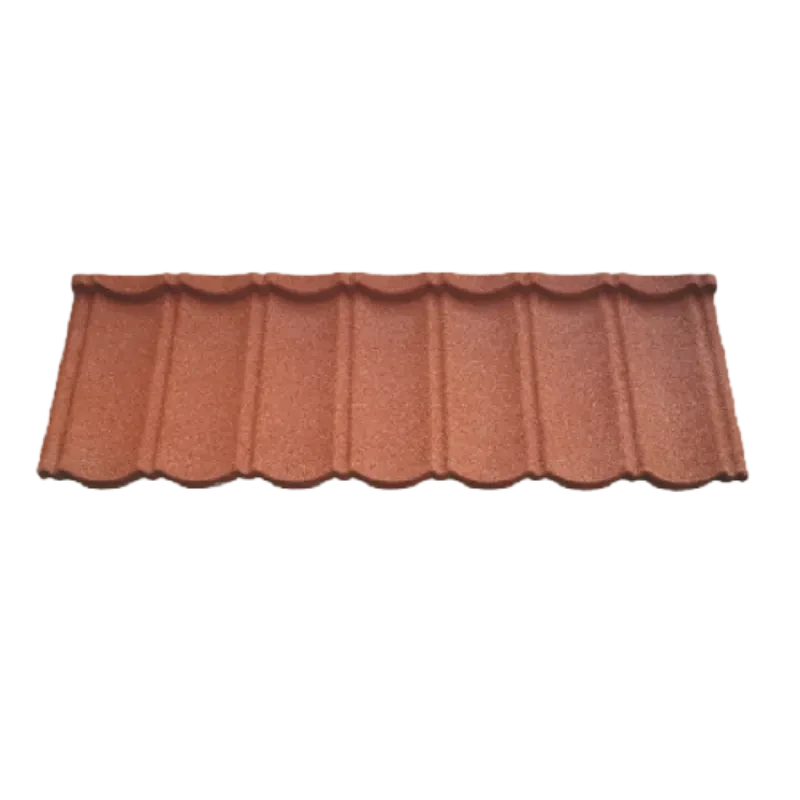
Nov . 09, 2024 00:47 Back to list
Guide to Installing Architectural Shingles for Your Roofing Project Efficiently
A Comprehensive Guide to Installing Architectural Shingles
Architectural shingles, also known as dimensional or laminate shingles, are a popular choice for homeowners seeking a durable and aesthetically pleasing roofing option. They not only enhance the visual appeal of your home but also provide robust protection against weather elements. However, installing architectural shingles can be a complex process that requires careful planning and execution. This guide will walk you through the steps necessary for a successful installation.
Materials Needed
Before beginning your installation, gather all the necessary materials. You'll need
- Architectural shingles - Underlayment (ice and water shield, synthetic underlayment) - Roofing nails - Drip edge - Flashing (for chimneys and vents) - Ridge cap shingles - Roofing adhesive (optional) - A utility knife - A roofing hammer or nail gun - Ladder and safety equipment
Step 1 Preparing the Roof
Before any shingles can be installed, ensure the roof deck is clean and structurally sound. Remove any old roofing materials, nails, and debris. Inspect for any signs of damage or rot in the plywood or OSB sheathing and replace any compromised sections. Make sure to check the roof's slope; architectural shingles work best on roofs with a slope of 412 or greater.
Step 2 Installing Underlayment
The underlayment serves as a secondary barrier against moisture. Start by laying down the ice and water shield along the eaves, valleys, and around any penetrations like chimneys and vents. This product is crucial in icy climates to prevent leaks from melting snow.
Next, roll out the synthetic underlayment across the roof deck, starting from the eaves and moving up. Overlap each row by about 6 inches, and secure it with roofing nails. Ensure that the underlayment is flat and free from wrinkles to facilitate the installation of shingles.
Step 3 Installing the Drip Edge
architectural shingles installation

Install a drip edge along the eaves of the roof. This metal flashing helps direct water away from the fascia board, preventing water damage. Nail the drip edge in place, ensuring it extends beyond the roof line.
Step 4 Laying the Shingles
Begin installing your architectural shingles by starting at the lower corner of the roof. The first row of shingles should be offset so that the joints do not line up with the row below. This staggered pattern enhances water runoff and increases durability.
Use a utility knife to cut the shingles to the desired length, usually about 6 inches from the end of the previous row. Secure each shingle in place with roofing nails, following the manufacturer’s instructions regarding the number of nails per shingle and proper placement.
Continue laying shingles up to the ridge of the roof, ensuring that each row is straight and overlaps the adjoining row adequately to prevent leaks. If you're working on a larger roof, it might be necessary to stagger the end joints further to maintain a uniform appearance.
Step 5 Installing Ridge Cap Shingles
Once you reach the ridge, install ridge cap shingles to cover the peak of the roof. These shingles not only protect the exposed area but also provide a finished look. Overlap the ridge cap shingles approximately 6 inches, and secure them with nails.
Step 6 Finishing Touches
After completing the shingle installation, check for any loose shingles or exposed nail heads. Ensure all nails are properly driven in, as exposed nails can lead to leaks over time. Finally, clean up any debris, and inspect the entire roof for any irregularities.
Conclusion
Installing architectural shingles requires patience, skill, and attention to detail. While the task may seem daunting, following a structured approach can lead to a successful installation. With proper care and maintenance, your new roof will not only protect your home but also enhance its visual appeal for years to come. If at any point you feel overwhelmed or uncertain, consider hiring a professional roofer to ensure quality work and peace of mind.
-
How Long Should a Cedar Shake Roof Last? Expert Guide & Replacement Options
NewsJul.06,2025
-
Premium Expensive Shingles Enhance Your Roof with Lasting Durability and Style
NewsJul.06,2025
-
Roof Shingle Construction Durable & Cost-Effective Asphalt Roof Solutions
NewsJul.06,2025
-
Premium Red 3 Tab Roof Shingles for Durable, Stylish Roofing Solutions
NewsJul.05,2025
-
Ceiling Clay Tiles Price - Affordable, Durable & Aesthetic Clay Ceiling Tile Solutions
NewsJul.05,2025
-
Best Solutions for Replacing Asphalt Shingles Upgrade Your Roof Efficiently
NewsJul.05,2025







